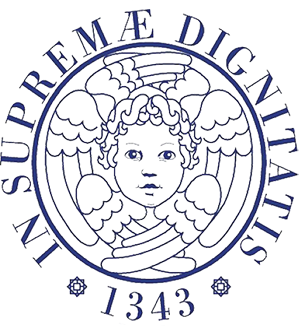Definition:
It is a mini-invasive technique that is applied in the treatment of ureteral stones.
Technical Description:
The surgery is performed in general or peripheral anesthesia in relation to the position of the stone and the patient’s preferences. Today, the most widely used technique is the use of a small rigid instrument of varying size from 2.5 to 3.5 mm. Almost always this instrument enters the ureter without the need for preliminary dilation; Once the stone is reached, this can be crushed with various forms of energy, among which LASER is preferred.
At the end of the procedure, a ureteral catheter is generally left for a few hours. If there are many fragments with migration in high ureter or ureteral laceration, a double J stent is left for 2-3 weeks.
Preparation:
Good intestinal cleansing (for radioscopic control) and an antibiotic prophylaxis are recommended.
Duration of the procedure:
Ureteroscopy lithotripsy is usually a short-lived procedure (from a few minutes to 1 hour). In some cases it may be longer (large size stones resistant to fragmentation or stone that have been affecting for a long time with large ureteral wall edema).
Type and duration of hospitalization:
It is usually performed under Day Surgery.
Advantages:
It is a technique with low percentage of complications; executable in very short time; with very high success rates; with very low hospitalization time and immediate recovery to work activities.
Disadvantages:
Requires general or peripheral anesthesia; May not be completely resolving when involuntary retropulsion of a large fragment to be treated with ESWL occurs.
Complications:
The complications of ureteroscopic treatment of ureteral stones are the same as for ureteroscopy performed for other reasons: hematuria, ureteral perforation, ureteral detachment, postoperative urosepsis, and ureteral distal stenoses.
How to deal with home-related complications:
If you have a fever in the first instance consult your physician who will understand the origin of the fever episode and take care of it properly: if this does not pass quickly, you should consult the urologist who will deal with the problem.
Checks:
Urinary culture must be performed after antibiotic therapy.
If a stent has been placed, this should be removed after 2-4 weeks.
Generally, ultrasound and radiographic controls (abdomen direct Rx) are planned to verify complete lithiasis resolution.

